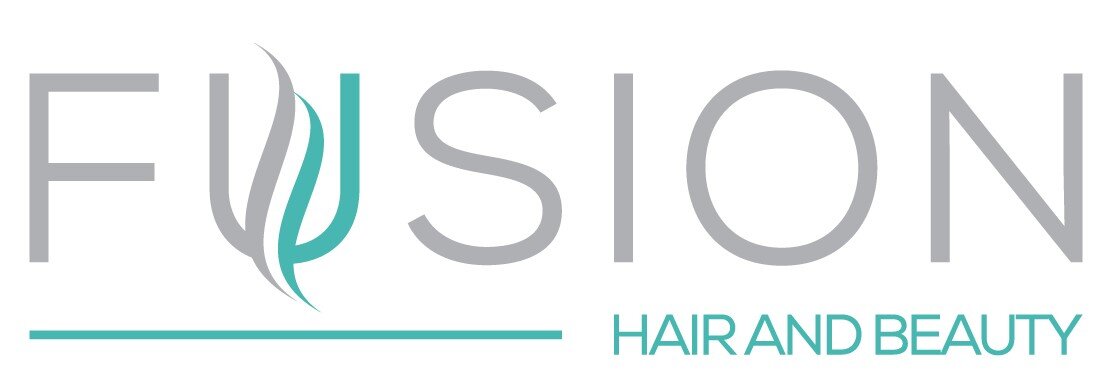The Evolution of Afro Hair Trends: A Look Through the Decades
Exploring the Cultural Significance of Afro Hair Through History
Afro hair has always been more than just a hairstyle—it is a symbol of identity, culture, and resilience. Over the decades, afro hair trends have evolved in response to social, political, and cultural influences. From traditional African styles to modern-day protective styles, afro hair has been a powerful statement of beauty and self-expression.
Let’s take a journey through the decades to explore the evolution of afro hair and its cultural significance.
1. Traditional African Hairstyles: The Roots of Afro Hair Culture
Long before the influence of Western beauty standards, African hairstyles were deeply rooted in culture and heritage. Intricate braids, cornrows, and bantu knots were not just fashion statements but signifiers of social status, tribe, and personal identity.
2. The 1960s – The Rise of the Afro as a Symbol of Power
During the Civil Rights Movement, the afro became a political statement. Icons like Angela Davis and the Black Panthers wore their afros as a symbol of Black pride, rejecting Eurocentric beauty standards. This era saw the rise of the natural hair movement, inspiring many to embrace their curls and coils.
3. The 1970s – Disco Glam & Bigger Afros
The 1970s brought a new era of self-expression, with afros growing bigger and bolder. Stars like Diana Ross and Pam Grier popularized the disco-style afro, often accessorized with flowers and headbands. This was a decade of embracing natural curls while adding glamour to the look.
4. The 1980s – Jheri Curls & The Era of Curls & Shine
The ‘80s introduced the Jheri curl—a glossy, curly hairstyle made famous by Michael Jackson and Lionel Richie. This chemical-treated look became extremely popular, offering a looser curl pattern with a distinct wet-look shine.
5. The 1990s – Box Braids & Protective Styles Take Over
As the ‘90s rolled in, protective styles became more mainstream. Box braids, made famous by Janet Jackson in Poetic Justice, were a staple. Locs, cornrows, and micro braids also gained popularity, allowing people to protect their natural hair while rocking stylish looks.
6. The 2000s – Weaves, Straightened Hair & The Influence of Pop Culture
The early 2000s saw an increase in straightened hair and sew-in weaves, largely influenced by mainstream media. Celebrities like Beyoncé and Aaliyah popularized silky straight looks, making relaxers a common choice. However, cornrows and micro braids were still widely worn, especially with trendy zigzag patterns.
7. The 2010s – The Natural Hair Movement Returns
With the rise of social media, the 2010s saw a resurgence of the natural hair movement. Women began ditching relaxers in favor of embracing their curls, coils, and kinks. The big chop, twist-outs, braid-outs, and frohawks became go-to styles. Products specifically designed for afro-textured hair became more widely available, empowering individuals to care for their natural hair with pride.
8. The 2020s – A Celebration of Versatility & Innovation
Today, afro hair is celebrated more than ever. The variety of styles— from locs, wigs, and faux locs to passion twists and colourful braids—demonstrates the versatility of afro hair. People are blending traditional styles with modern twists, embracing their natural beauty while also experimenting with creative expressions. The influence of social media and natural hair influencers continues to shape trends, inspiring millions to love and appreciate their unique textures.
Conclusion: Afro Hair is Timeless
Afro hair is more than a trend—it is a powerful expression of culture, history, and identity. From its deep roots in African heritage to its evolution through decades of political movements, pop culture, and self-expression, afro hair continues to make a statement. Today, we celebrate the beauty and resilience of afro hair in all its forms, embracing the freedom to wear it however we choose.

















